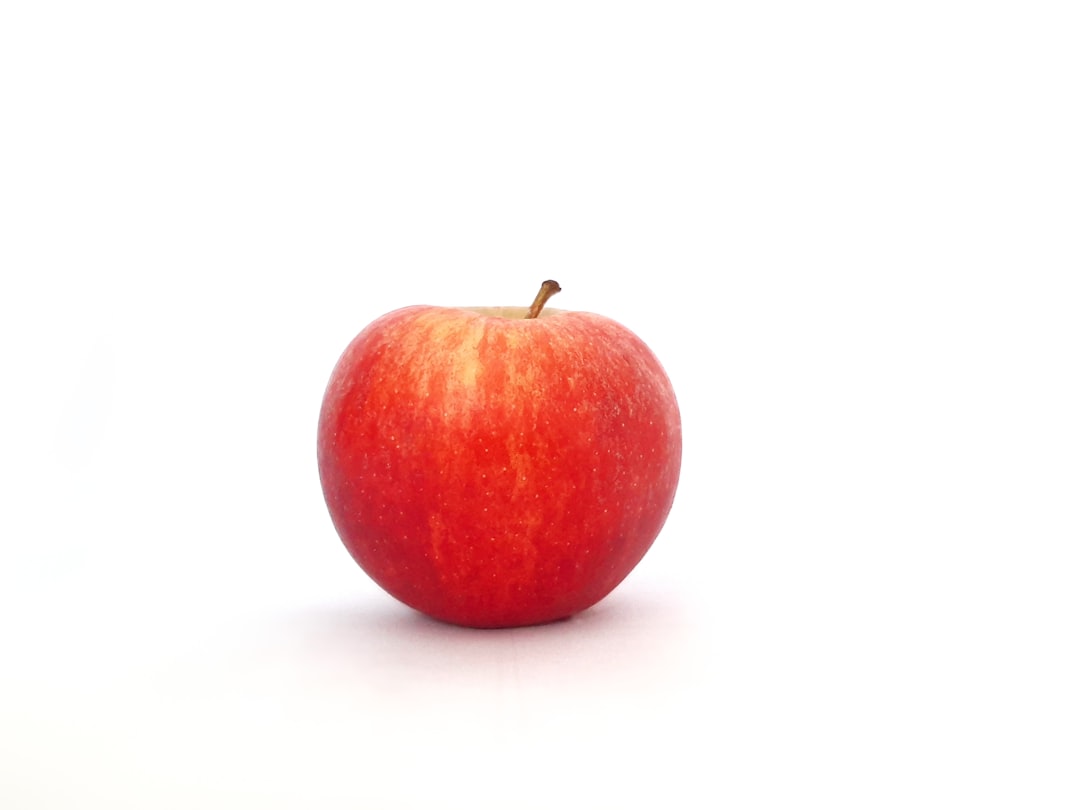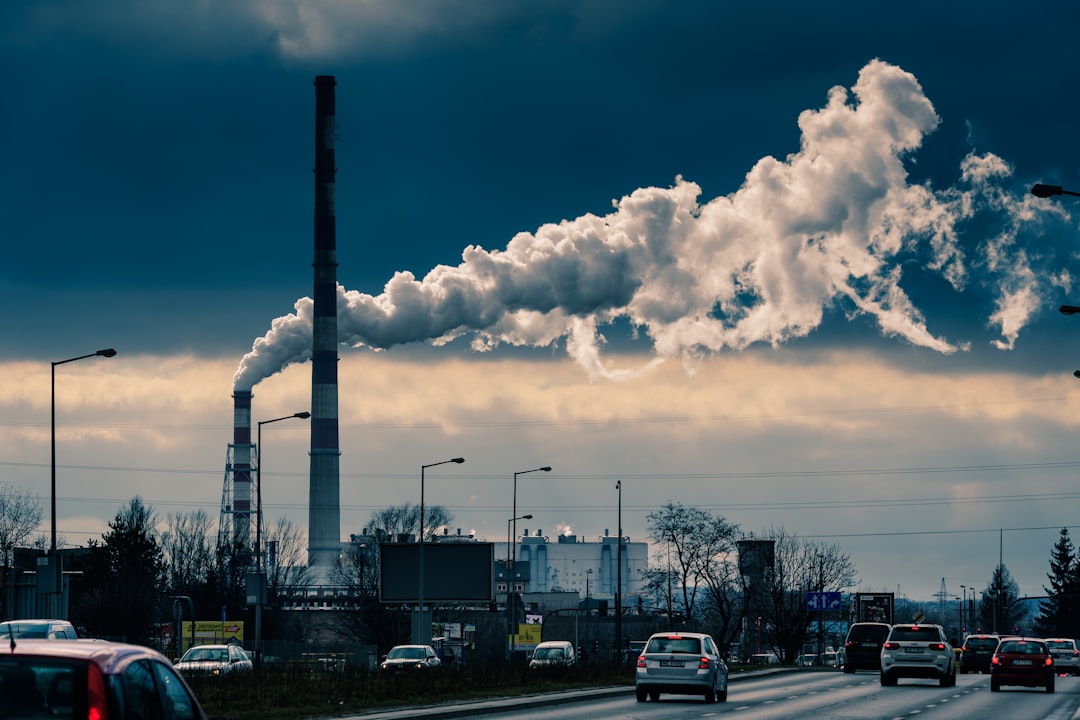What is it about?
While it has long been believed that some people age faster than others, it has been difficult to prove that people indeed age at different rates. By analyzing an unprecedented 25-year longitudinal health dataset involving 44 health indices collected throughout 144 Navy dolphins’ lifetimes, we sought to provide evidence of slow versus accelerated aging individuals living in the same population.
Featured Image

Photo by Jen Milius on Unsplash
Why is it important?
Excitedly, we discovered slow- and accelerated-aging dolphins. This discovery is of particular importance since these dolphins received the same diet, lived in the same environment, and received the same healthcare. This supports that aging rate can be driven and influenced by non-environmental factors. In our study, two key indices of aging rate included declining hemoglobin with age, which is a measurement for anemia; and declining lymphocytes with age, which is a measurement for lowered immunity. Importantly, both of anemia and lowered immunity are clinically-relevant diseases of aging.
Perspectives
By studying relevant routine health data collected throughout dolphins’ lifetimes, our study was able to answer a key question that has been unanswered using existing human health data. Namely, can we provide clear and clinically relevant evidence of slow and accelerated agers, which in turn, may enable us to target and delay aging? Thanks to the dolphins, the answer appears to be ‘Yes’. Epitracker is now working with its spinout company, Seraphina Therapeutics, to discover and advance promising compounds and ingredients, including C15:0 (an odd-chain saturated fatty acid), that target key aging-rate indices and may help to delay aging in both dolphins and humans.
Stephanie Venn-Watson
Seraphina Therapeutics
Read the Original
This page is a summary of: A 25-y longitudinal dolphin cohort supports that long-lived individuals in same environment exhibit variation in aging rates, Proceedings of the National Academy of Sciences, August 2020, Proceedings of the National Academy of Sciences,
DOI: 10.1073/pnas.1918755117.
You can read the full text:
Contributors
The following have contributed to this page










